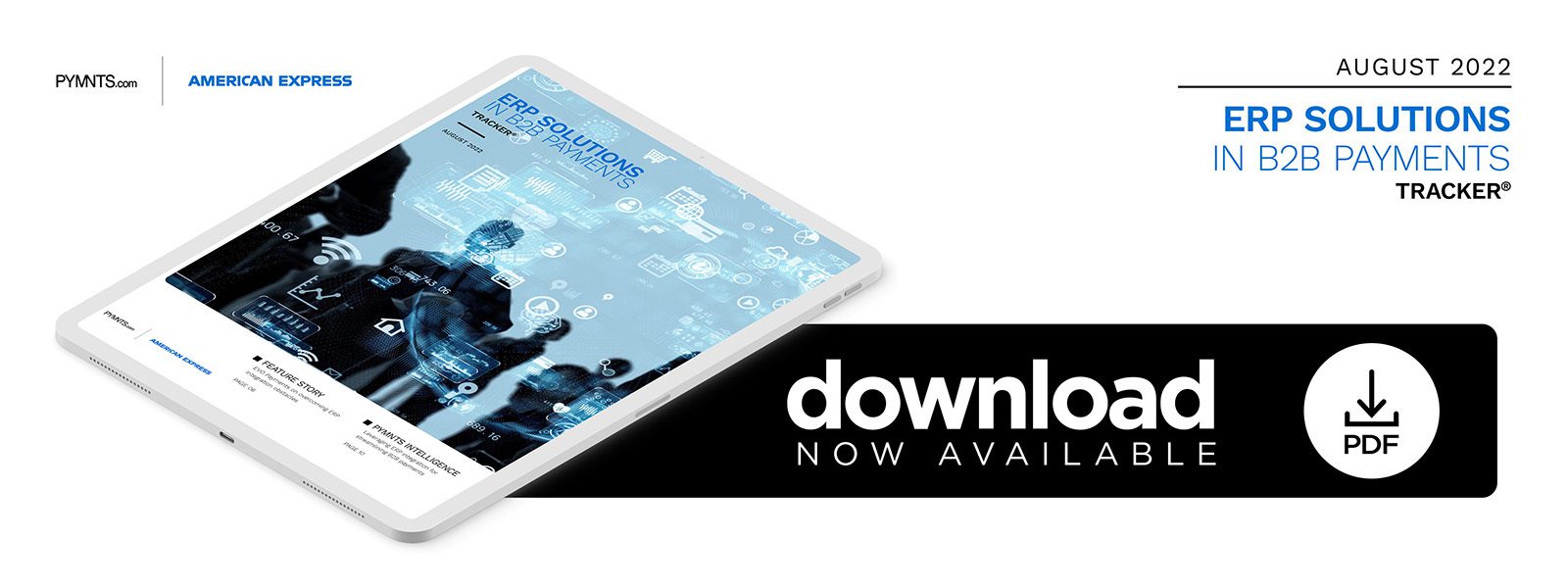EVO Payments on Overcoming ERP Integration Obstacles

ERP systems are the foundation of a well-run business but remain disconnected from corporate payment systems. And that increases manual labor, resulting in delays and errors, EVO Payments’ Fauwaz Hussain tells PYMNTS.
Enterprise resource planning (ERP) systems are the foundation of a well-running business. These systems are the platform on which companies manage everything from payroll to accounts receivable (AR), so being able to integrate outside resources into the ERP system in real time is crucial for seamless business operations.
This is especially true for a company’s payment collection process. Often, companies have a disconnected payment acceptance system, in which they collect and process payments outside the ERP and then manually bring in that data.
Fauwaz Hussain, senior director of business-to-business (B2B) software at EVO Payments, recently described to PYMNTS the top challenges companies can face with disconnected payment and ERP systems.
“An increase in manual labor and a risk of human error are just a few of the challenges related to not having payments integrated with ERPs,” said Hussain. “Payments can easily be mistyped or misapplied when reentering into the ERP system.”
Effect on the Customer Experience
In addition to being at increased risk of processing errors, organizations that do not have well-integrated ERPs and payment systems lose out on the benefits of real-time reporting, including reconciliation and efficient customer service.
If workers do not have real-time knowledge about when customers pay their balances, for example, there will be a discrepancy in the day-to-day cash flow. In turn, this will cause friction for customers waiting for products or services that they expect to receive immediately after payment.
“Automating and integrating the collection process benefits both the merchant and their customers,” Hussain noted. “Customers want vendors who are easy to work with, and that includes the simplicity of a user-friendly bill-paying experience.”
Added Benefits of Automation
Hussain pointed out that by not properly automating these tools, organizations are missing out on useful features that allow for customer self-service.
“There are tools like payment links, which can allow you to collect payment or payment information directly,” he explained. “If I’m on the phone with you and I need to collect your payment information, rather than me asking you to read the credit card over the phone, I can just ask you for your cellphone number or your email address and send you a text or an email with a link where you can enter the payment information yourself, and that gets integrated back into the ERP system.”
With an increase in self-service comes an increase in payment security. The security of the payment data that a company collects should be of the utmost importance, because every merchant is required to abide by payment card industry (PCI) regulations when accepting credit cards.
By automating the payment collection process and encouraging customer self-service, merchants can have customers enter their payment information themselves through a hosted payment page or a secure portal, reducing the amount of interaction that internal employees have with sensitive payment data.
Hussain strongly recommends that companies adopt truly automated systems and check for functionality rather than assuming all advertised capabilities are in place. He advises watching out for APIs that need to be programmed before they take effect and checking if the vendor’s integration was certified by the ERP publisher. Using a certified solution ensures that the integration was built correctly and will seamlessly work with the ERP system.
Once all these factors are in place, it is easier for business staff to do their jobs and customers to do theirs, enabling a streamlined experience for all.

